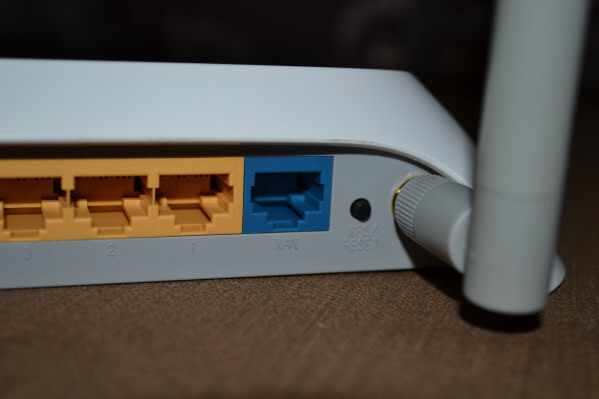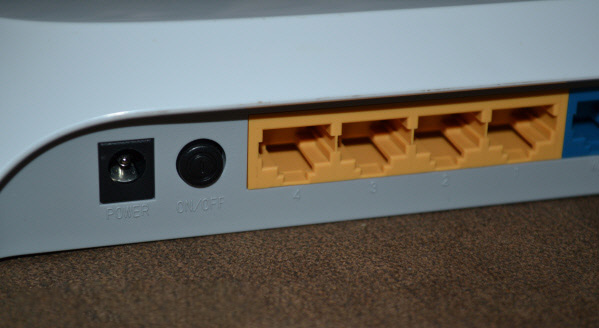What is wan? What is the Difference Between The Wan Connector and the Lan on the Router?

If you want to know what a WAN is, or the difference between a WAN and a LAN, then you have come to the right place. Now let’s try to understand what these technologies, connectors, connections, what they are for and what the differences are.
I think that in most cases, when someone is looking for information on WAN, he means the connector on the Wi-Fi router. After all, in almost every router configuration manual you can meet this abbreviation. Everyone writes about connecting some kind of cables into the WAN connectors, or LAN. Let’s go in order:
Almost all routers have a blue-colored connector, and it looks like this:
In the photo above you can see that the connector is even signed. Also, the router usually has an indicator of the connected WAN cable. In normal operation, it should be actively blinking. And near the indicator itself usually draw an icon in the form of a planet.
Now you know what WAN is. Let’s see how it differs from LAN.
What is the difference between a WAN connector and a LAN?
Here it is also very simple. What is a LAN?
On routers, you can usually find 4 LAN connectors. They are yellow in color and look like this:
They are used to connect devices to the LAN via a network cable.
The difference between WAN and LAN is that WAN is access to the Internet, and LAN is a local network, which can be connected to devices that are not far from each other.
I think that’s all you need to know about these two designations. Of course, we can go into technical aspects, abstruse definitions, etc., but it is unlikely to be of interest to anyone.



 Speed by Wi-Fi in the Range of 2.4 GHZ and 5 GHZ. Real Speed, Measurements, Difference
Speed by Wi-Fi in the Range of 2.4 GHZ and 5 GHZ. Real Speed, Measurements, Difference  We Transmit a Large File Over the Internet. Simple Ways
We Transmit a Large File Over the Internet. Simple Ways  The Wi-Fi Internet Speed is Lower. Who sores the router Cut the Speed?
The Wi-Fi Internet Speed is Lower. Who sores the router Cut the Speed?  Standard HomePlug AV and PowerLine Adaplers: What is it and How It Works?
Standard HomePlug AV and PowerLine Adaplers: What is it and How It Works?